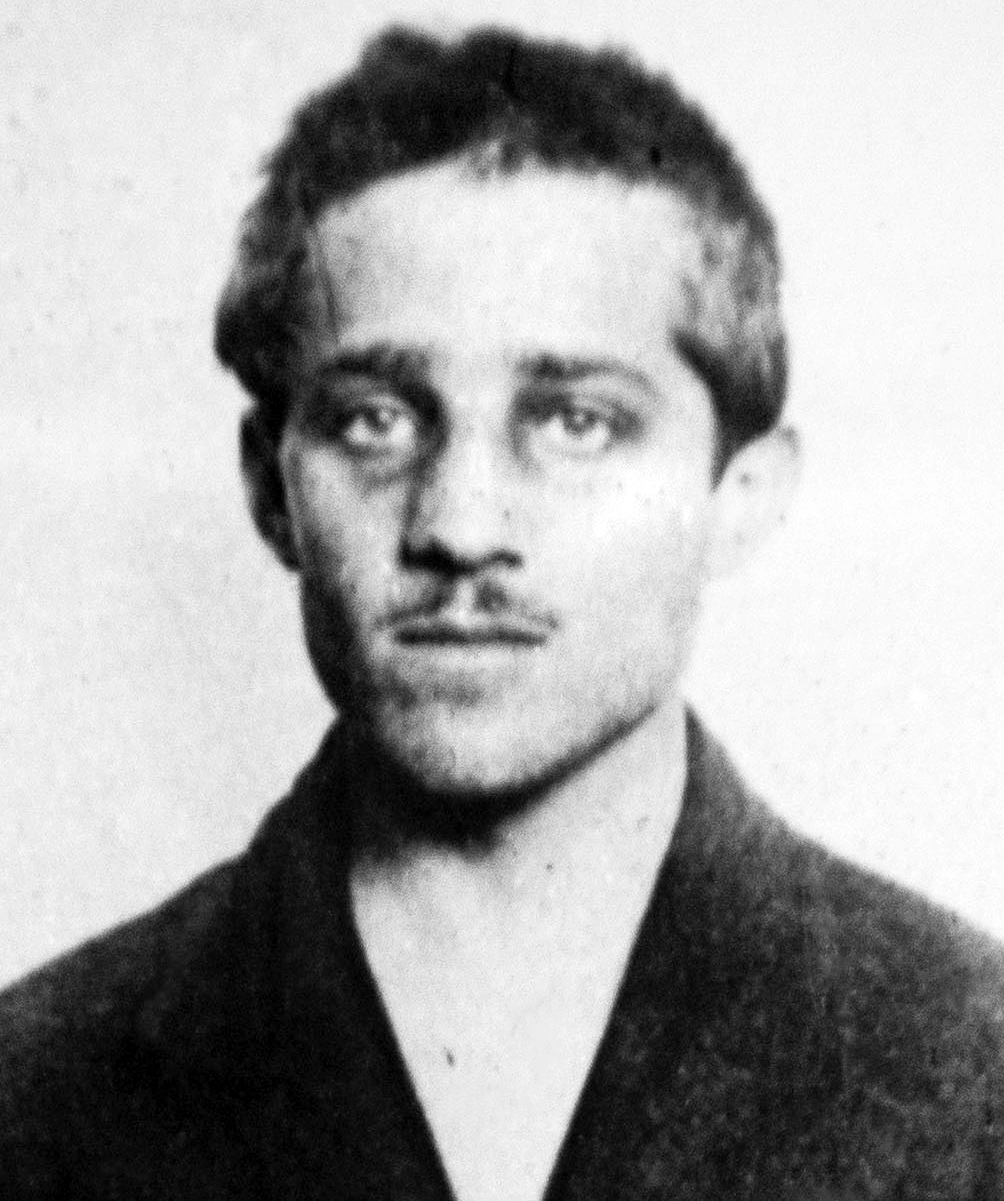In the annals of notoriety, the name Gavrilo Princip should perhaps rank higher than it does. For this 19-year-old Serb committed a crime that, without overestimating the fact, set the agenda for the whole of the twentieth century. Princip was the man who shot and killed the heir to the Austrian-Hungarian throne, Archduke Franz Ferdinand.

Exactly one month after the assassination, Europe was at war, a war that quickly spread and became the Great War, or, as we know it, the First World War. And from the post-war seeds of discontent came the rise of Nazism and the road to the Second World War.
Born to an impoverished family in Bosnia on 25 July 1894, Gavrilo Princip was one of nine children, six of whom died during infancy. Suffering from tuberculosis, the frail and slight Princip learned to read, the first in his family to do so, and devoured the histories of the Serbs and their oppression at the hands of the Ottoman and Habsburg Empires.
The Black Hand
In 1911, a friend of Gavrilo Princip’s, Bogdan Zerajic, had tried to assassinate the Austrian-Hungarian governor of Bosnia. He failed and ended up shooting himself. But it provided the young Princip with inspiration. He tried to enlist in various terrorist groups but was turned down due to his short stature
Eventually, he was accepted and tasked to join a group called the Black Hand. Its explicit purpose was the assassination of Archduke Franz Ferdinand. The opportunity – the occasion of the archduke’s visit to the Bosnian capital of Sarajevo, due for 28 June 1914.
The plan was known to the Serbian prime minister. Although sympathetic, he feared the consequences and ordered the arrest of the Black Hand conspirators. Fatefully, his orders came too late.
Princip and a handful of his Black Hand comrades arrived, each armed with a revolver, a bomb and, in the event of failure, a vial of cyanide. They joined, at various intervals, the throng of onlookers lined along a six-kilometre route and waited for the six-car motorcade to come into view. The first two would-be assassins lost their nerve, whilst the third managed to throw his bomb causing injury to a driver but leaving the archduke and his wife unharmed. Racked with a sense of failure, Princip trudged to a nearby tavern.
The Wrong Turn
The archduke, having delivered a speech, decided to visit the wounded driver in hospital. On his way, his driver took a wrong turn down a one-way street, a street named after Franz Ferdinand’s uncle, the emperor Franz Joseph, along which was a tavern. And in that tavern – Gavrilo Princip. Princip, astonished to see the royal car, acted on impulse. As the driver tried to engage the reverse gear, Princip jumped onto the running board and fired two shots.
 Having assassinated the archduke and his wife, Gavrilo Princip tried to shoot himself but was wrestled to the ground where again he tried to kill himself by swallowing his cyanide pill. But the poison, so old, failed to work. The photograph was taken by one Milos Oberajger, an amateur photographer.
Having assassinated the archduke and his wife, Gavrilo Princip tried to shoot himself but was wrestled to the ground where again he tried to kill himself by swallowing his cyanide pill. But the poison, so old, failed to work. The photograph was taken by one Milos Oberajger, an amateur photographer.
At the time of the assassination, Gavrilo Princip was a month short of his twentieth birthday. His age saved him from execution as Austrian-Hungarian law decreed that the death penalty could not be applied to those aged under 20. After a 12-day trial, Princip was sentenced instead to the maximum penalty of twenty years. While in prison, he suffered a resurgence of his tuberculosis and, due to poor hygiene and inadequate diet, had to have an arm amputated. His condition worsened and he died in the prison hospital, aged 23, on 28 April 1918.
 Rupert Colley.
Rupert Colley.
Read more in The Clever Teens’ Guide to World War One, available as ebook and paperback (80 pages) on Amazon, Barnes & Noble, Waterstone’s, Apple Books and other stores.